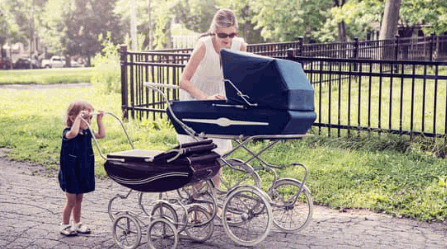
A vintage pram is something to behold, and whether you are a collector, or you use it in caring for your family, you want to maintain its condition as best as you can. Given the nature of how prams are used, it is inevitable they'll get dirty, so knowing how to carefully clean a vintage pram is worthwhile knowledge.
It won't surprise you to learn that a cool wash and warm soapy water feature prominently in the advice, but there are many factors to consider. Therefore, this guide aims to explain how you can best care for and clean a vintage pram.
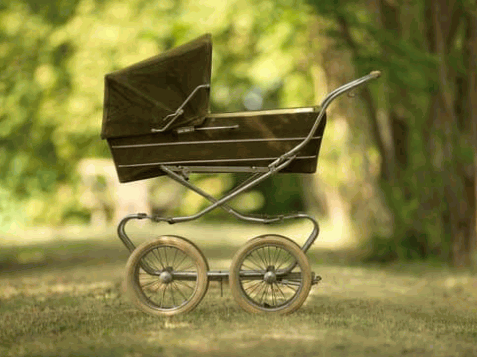
One of the most impressive features about vintage prams is the amount of metal in the framework and supporting the body. This is a great style feature, and there are few things finer than a gleaming metal buggy.
Of course, cleaning vintage metal has its challenges, including the issue that many modern cleaning products are not suitable for traditional materials, being potentially harmful to metalwork and chrome.
Therefore, traditional cleaning methods are advisable, as these are tried and tested on vintage materials, including metalwork. You can also check out our other article on what you can use to clean a pram.
A good starting point when washing metal, including older metal, is to wipe the surface clean with hot soapy water. This immediately gets rid of loose crumbs and debris. Be careful when applying this water, it is best to use a sponge, and make sure you rinse and thoroughly dry after you have completed the initial clean.
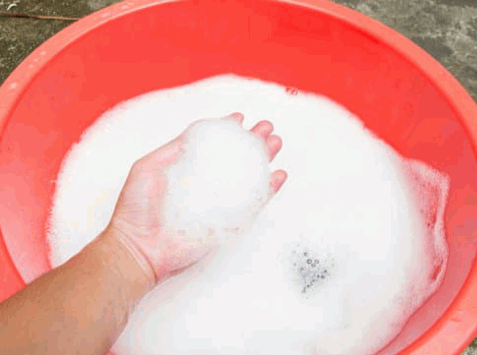
If you don't rinse the water off metal frames, you increase the risk of rust, which will ruin the appearance of your metal framework.
If you feel hot soapy water doesn't have enough of a kick, but you are rightly concerned about using modern cleaning products with chemicals, consider traditional cleaning methods that tackle dirt on a manner of materials.
Make sure you know what material you are cleaning, as some solutions aren't suitable for some metal types. If you have stainless steel parts, don't use vinegar, as the acidic element corrodes stainless steel. For this finish, use dishwasher soap and water.
However, for chrome parts, vinegar and lime juice is a tried and trusted method of cleaning antique and vintage metal, and you should apply this mixture with a paper towel. If you have copper elements, combining salt and vinegar creates a powerful concoction which improves its appearance no end.
There is more flexibility with plastic parts, but pay particular attention to the temperature of hot water you use. A good scrub will remove stubborn marks from plastic elements, but it might compromise the structure. As with all pram cleaning, ensure everything is completely dry before using again.
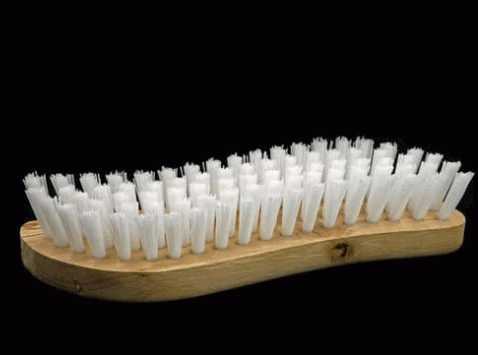
An issue when removing rust, and general cleaning of chrome surfaces, is the manufacturing process for pram frames and structures was different back in the day compared to what it is now. As with cleaning metal, you should proceed with caution when choosing products that help your vintage pram look at its best.
If you look at your chassis, and even if its in good condition, it might have a milky appearance. This is caulking residue, and it is common on older pram parts, as well as many metal objects. You should look to remove this residue, as well as rust.
Rust is commonly found on areas like:
A good starting point is to use WD40, or any similar multi-purpose oil, with a microfibre cloth or sponge. This will take time and elbow grease, but a patient approach will pay dividends.
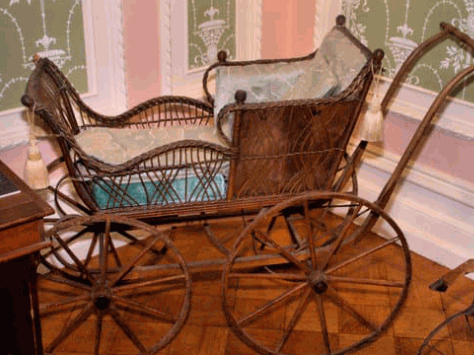
If there is considerable rust on your pram frame and parts, allow your multi-purpose oil to sit on the frame for some time and then use a ball of rolled-up aluminium foil to rub against the chassis and frame. You can be rougher with this motion, hopefully loosening dirt, as well as getting rid of stubborn marks.
While using an aluminium foil ball sounds strange, it adds more bite than a microfibre cloth to the cleaning process, but is less harsh than a scrubbing brush. When cleaning all the moving parts of a vintage pram, it is vital to strike the right balance, and innovative solutions help.
Some online specialists advise using a mixture of Coca-Cola and steel wheel to tackle challenging rust. This is an abrasive mixture, so proceed with caution, but it is easy to see why this harsh action creates results in removing aged rust and tough spots.
One process to remove rust involves lemon juice, salt, a scrubbing pad and paper towels.
You create a paste by mixing three parts salt with one part lemon juice, and you apply this mixture with a paper towel. Using a circular motion, and applying firm pressure, scrub at dirt, and wiping away any paste which sticks to the metalwork.
When you have removed all dirt, pat the metalwork clean with a soft cloth. Doing this on a regular basis adds extra care to your pram, and should extend its lifespan.
There are commercially available rust removal projects, which are more akin to grease than oil. These
Of course, the concern about using modern cleaning products on vintage products means you should proceed cautiously. Apply a small, yet thick layer to a localised part of the pram suffering with rust. Leave it in place for two to three minutes, and then remove.
With this style of product, do not use water to remove, and this goes for all metal. You can use paper towels to wipe the substance away, and as soon as the paper towel is wet, dispose of it and use a dry piece.
This style of cleaning product isn’t fool proof, and on materials like steel, it won’t fully remove hardened rust. However, it should significantly improve its appearance, and it will provide a layer of protection that prevents against further rusting.
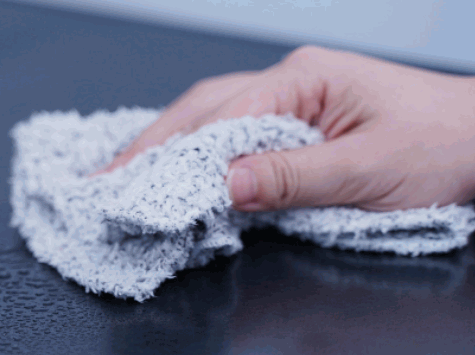
It isn’t just the framework and body of a vintage pram that requires specialist cleaning, vintage pram fabrics and sheets do too.
If you are fortunate enough to have vintage woollen items as part of your pram, you’ll want to clean them as safely, yet as effectively, as possible. It pays to be gentle with wool, and you should avoid twisting or wringing the material.
Following these steps should ensure you care for wool effectively:
A machine washed solution, even on a gentle cycle, isn't viable for this type of material, but a hand wash will tackle many stubborn stains.
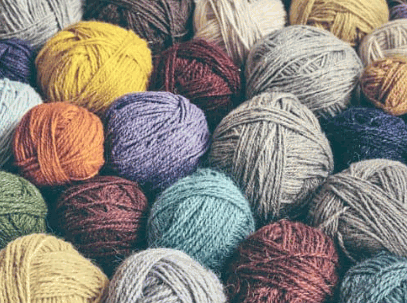
If your linen is starting to yellow, there is a natural cleaning solution that brings whiteness back. Create a mixture of lemon juice and salt to rub on your linen, and then air dry the linen. When it is dry, wash through the linen with warm, clean water, and then air dry them once more.
Please bear the following tips in mind when cleaning aged fabrics like wool and linen.
Determine if the fabric is capable of surviving a wash. If you smell the fabric and it is reminiscent of mildew or must, or if the material feels brittle, it might not withstand a traditional cleaning process. In this case, you should consult with a professional cleaner, as it might require a professional service.
Always choose a mild and gentle detergent when cleaning vintage materials.
If the item is stained, and you think the material can withstand the cleaning process, treat it with a detergent containing a colour-safe bleach.
Prepare linen for cleaning by soaking them overnight in cool water. If you have separate linen colours, soak them separately.
Where possible, always dry these garments and covers outside in the fresh air. For more tips on how to clean a pram, you can check out our other article.
© copy right 2024 www.valetqueens.uk